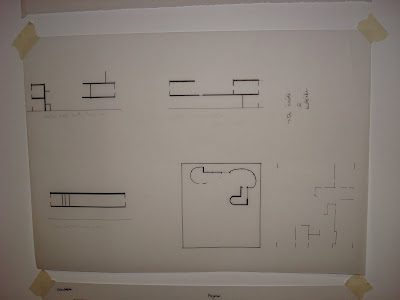




 Duncan Chang
Duncan Chang
"Nighthawks" may be Hopper's take on the term 'night owl' used to describe someone who stays up late. The scene was inspired by a diner(since demolished) in Greenwich Village, Hopper's home neighborhood in Manhattan. The now-vacant lot is known as Murly Square, at the intersection of Seventh Avenue South, Greenwich Avenue, and West 11th Street.
Hopper began painting it immediately after the attack on Pearl Harbour. After this event there was a widespread feeling of gloominess across the country, a feeling that is portrayed in the painting. The urban street is empty outside the diner, and inside none of the three patrons is apparently looking or talking to the others; all are lost in their own thoughts. Two are a couple, while the third is a man sitting alone, with his back to the viewer. The couple's noses resemble beaks, perhaps a reference to the title. The diner's sole attendant, looking up from his work, appears to be peering out the window past the customers. His age is indeterminate.The corner of the diner is curved; curved glass connects the large expanse of glass on its two sides. Weather is understood to be warm, based on clothing worn by the patrons. No overcoats are in evidence; the woman's blouse is short-sleeved. Across the street are what appear to be open windows on the second story. The light from the restaurant floods out onto the street outside, and a sliver of light casts its way into one of the windows.
This portrayal of modern urban life as empty or lonely is a common theme throughout Hopper's work. It is sharply outlined by the fact that the man with his back to us appears more lonely because of the couple sitting next to him. If one looks closely, it becomes apparent that there is no way out of the bar area, as the three walls of the counter form a triangle that traps the attendant. It is also notable that the diner has no visible door leading to the outside, which illustrates the idea of confinement and entrapment. Hopper denied that he had intended to communicate this in Nighthawks, but he admitted that "unconsciously, probably, I was painting the loneliness of a large city." At the time of the painting, flourescent bulb had just been developed, perhaps contributing to why the diner is casting such an eerie glow upon the almost pitch black outside world. An advertisement for Phillies cigars is featured on top of the diner.
The conclusion can also be drawn that Hopper painted the emptiness pervading the city. This conclusion can be substantiated by the observation that three-quarters of the painting is empty and has no sign of human life in it.




